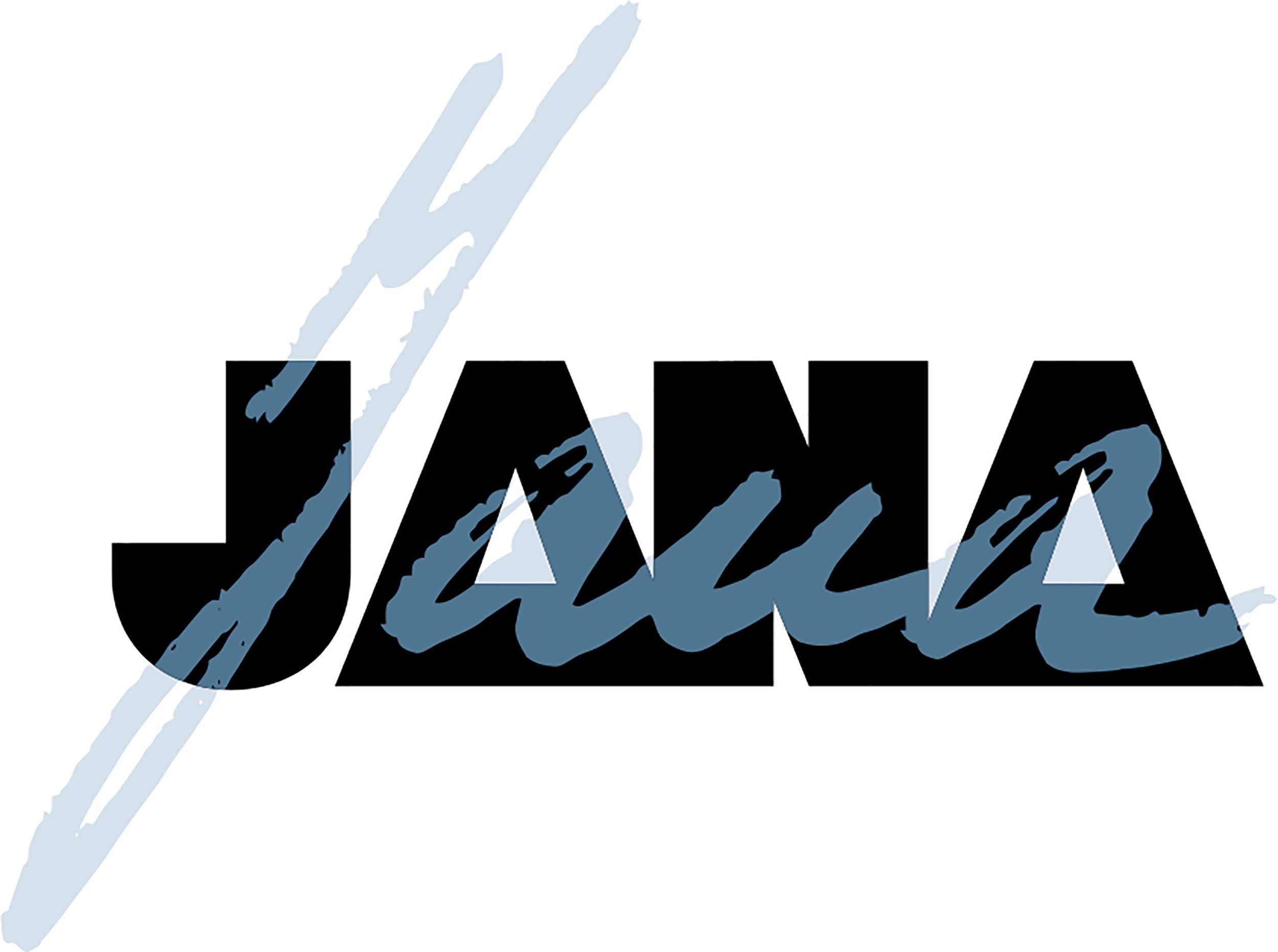Women from Permanent Impressions in 2021
CORRIN EVERITT - Interviewed by Carmen Jenner
With a passion for Australia’s native flora and fauna, Corrin Everitt has dedicated herself to the protection of many of our nation’s threatened species. We caught up with Corrin for a fascinating chat about protecting our native and domesticated animals, living on cattle stations for many years and her experience as Jana’s subject for the Permanent Impressions collection.
Last time we caught up you were working on the Cane Toad Strategy.
I’m still working for the Department of Biodiversity Conservation and Attractions on the Cane Toad Strategy but my position now also oversees the Western Shield Program. It’s a much bigger role now and covers all invasive animals.
What new advances have been made into the management of invasive animals?
We’re currently trialling a very high-tech device that shoots 1080 (pronounced ten eighty) onto the fur of feral cats and foxes so when they groom themselves, they spread the toxin. The toxin occurs naturally in our native plants, so our WA native species have a tolerance to the toxin. To ensure the product is used safely, you need to have undergone intensive training plus you need a licence and a permit to purchase the product.
Sounds like an effective way of preserving our natural habitat.
1080 is a very effective tool for managing feral cats, wild dogs, foxes, rabbits and pigs in our conservation areas in the southwest. Since moving into this role in last three years, feral cats have been declared a pest animal under the Biosecurity and Agricultural Management Act. We know that foxes also play a significant role in the decline of our threatened mammals with many species on the brink of extinction including the Western Ground Parrot and the Chuditch (also known as the Western Quoll).
What message would you give pet owners?
Please keep your animals in at night. There are some fantastic resources by the South West Natural Resource Management group, including their Safe at Home programme promoting the care of domestic cats and advising owners just how important it is to keep their pets in at night. By allowing them to roam around freely, you’re not only putting them at risk with feral or stray cats wandering the streets but also exposing them to the risk of diseases.
What other animals have you been working with?
I’m involved with the national 10 Deserts Project facilitating the management of feral camels to be delivered on indigenous lands, mainly in the Pilbara.
Where would you say your passion for the environment originated?
I grew up mostly on the ocean as my family have always sailed. But my passion for what I’m doing now probably came about when I moved from Brisbane to Cape York, in Far North Queensland. I was working on my PHD on the habitat distribution of the Black-faced Woodswallow at the time. I was lucky enough to live on a cattle station while I did that work so that was the beginning of living on the land in remote locations.
How did you cope from practically living on the ocean to life on a cattle station?
I loved it so much that I continued to live on cattle stations for several years after that. From Cape York I moved to a station in central Queensland, then another one just north of Alice Springs and one on the border of the Northern Territory and Western Australia.
Is that how you then ended up moving to Kununurra?
Yes, I lived on another cattle station near Kununurra where I had my youngest child in 2004. In fact, we remained there until 2005 when we moved into town. The town has changed now, but I loved how old fashioned it was and stayed for 12 years.
Did you ever think that staying on a cattle station would become part of the tourist trail now?
One of the stations I lived on did sometimes accommodate tourists and they would take them out birding. But now it’s a big part of their business and it’s a good thing that those marginal cattle stations have the opportunity to diversify into things like that.
Can you think of any other particular career highlights?
Having the opportunity to do this job has been amazing and I’m always learning. In 2014, I was involved in a lot of really remote survey work with indigenous people and some of my fondest memories were of working with the Indigenous kids as part of the Bush Rangers program. Also, taking some of the traditional owners back to country was very special as many of them haven’t returned since leaving when they were kids.
How did you find sitting for your portrait with Jana?
It was actually peaceful spending the day with her in the gallery and watching Jana do her stuff while being in the moment. I felt quite humbled to be included alongside so many amazing women. It certainly gives you something to aspire to in such company.
What was it like seeing your finished portrait?
I’d recommend it for legacy reasons and to be part of a broader project. It’s important as it captures that time in space.


